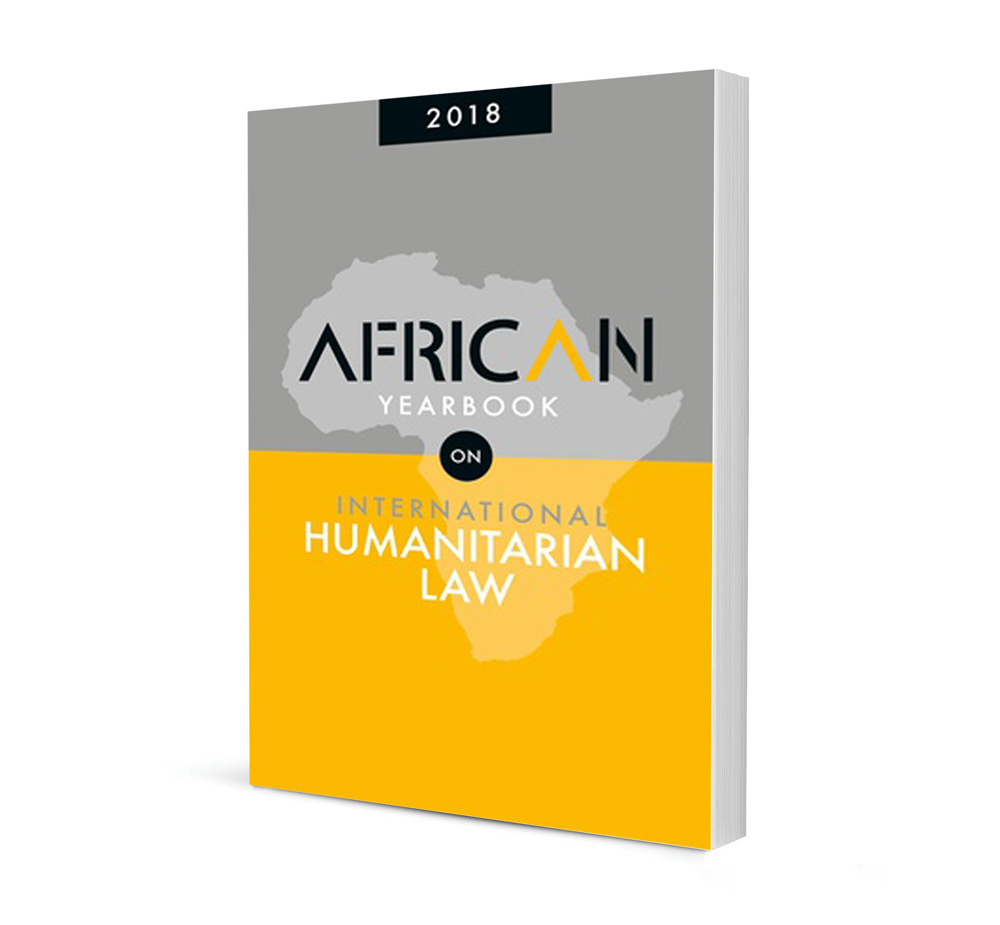Torture ‘Lite’ in the War Against Boko Haram: Taming the Wild Zone of Power in Cameroon

Torture ‘Lite’ in the War Against Boko Haram: Taming the Wild Zone of Power in Cameroon
Authors Shannon Bosch
ISSN: 2521-2621
Affiliations: Attorney of the High Court of South Africa, Associate Professor of Law, University of KwaZulu-Natal, Durban, South Africa
Source: African Yearbook on International Humanitarian Law, 2018, p. 80 – 97
Abstract
The 2017 Amnesty International Report on Cameroon raises concerns about a myriad of interrogation techniques, akin to the ‘enhanced interrogation techniques’ used at Guantanomo Bay, that are being employed in the fight against Boko Haram. The justifications offered by the Cameroonian government suggest that, despite the jus cogens status of the non-derogable prohibition against torture, the ‘war on terror’ permits the use of more drastic interventions. These justifications are offered to appease the taboo around the use of torture under international law. The interrogation techniques being employed violate both international and domestic law obligations, and this wild zone in which power is being wielded through acts of torture must be tamed.